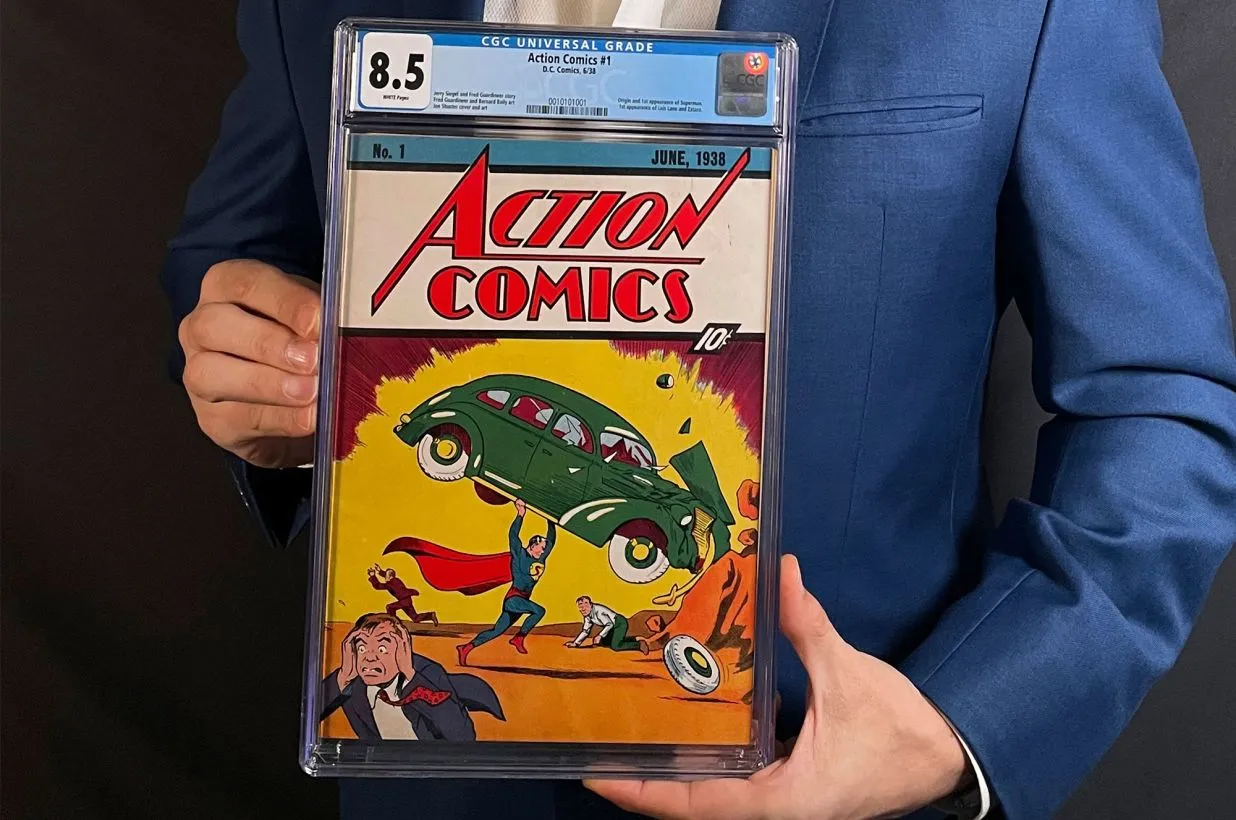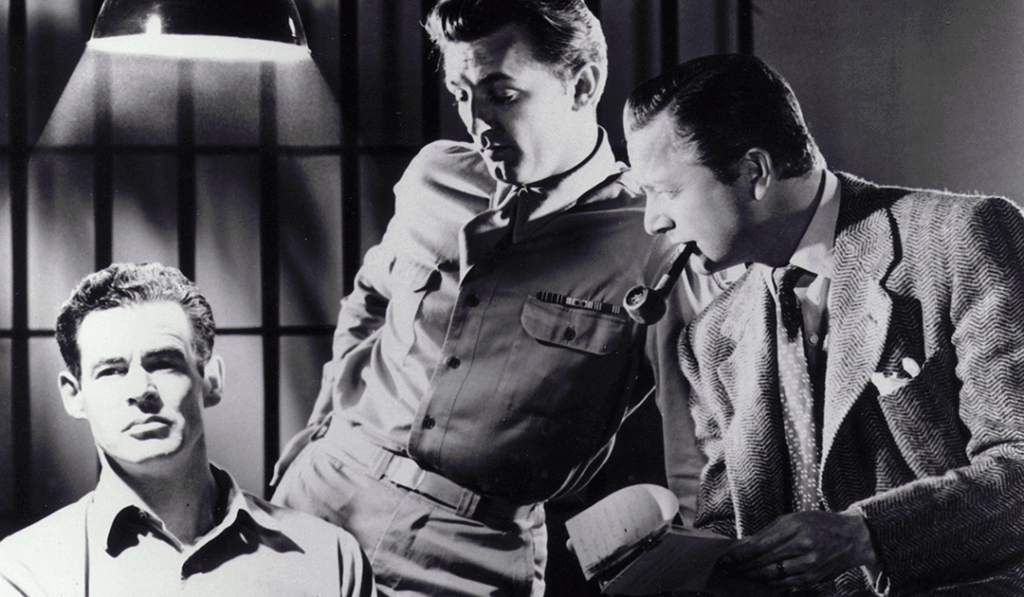The sales landscape is densely littered with unclaimed tails.
These tails are the ones that the salesperson assures their management will come as a result of making a pricing concession on this one deal. “The client tells me that if we agree to lower our price, this will open the door to a lot more business with them. The tail on this deal is huge!”
It’s a spelling error. What they mean to say is, “The tale on this deal is huge,” because this is the most widely-used story for rationalization among business people for their inability to sell or negotiate. It’s the tale of the tail.
Others include:
* It’s a must-win deal;
* We’re doing it for the relationship; and my favorite
* We’ll make it up in volume
How do professionals end up selling a loss to their management instead of selling value to their client? The list is too long to detail here. Fundamentally, it’s a misalignment of Interests stemming from a lack of sales and negotiation experience. To optimize the value of a product or service, one has to sell to the person in the company who puts the greatest value on that product or service.
Imagine trying to sell Action Comics #1 to a paper recycler. How much will someone who buys paper in bulk pay for a comic book that’s over 80 years old? Well, recycled office paper sells for about $10 a ton, so a comic book that weighs a few ounces is not even worth a penny to that buyer.
How much would a comic book collector pay for Action Comics #1, which was the debut of the character Superman? In 2021, a copy sold for over $3.2 million.
So you could sell the comic book for a penny on the promise that the paper buyer will do a lot more business with you. Or you could sell it to the person who places the highest value on the asset.
The fact that we have found a buyer for what we are selling does not mean we’ve got a great deal. A great deal is one that optimizes appreciation for the value presented, and means finding not just a buyer, but the right buyer.



